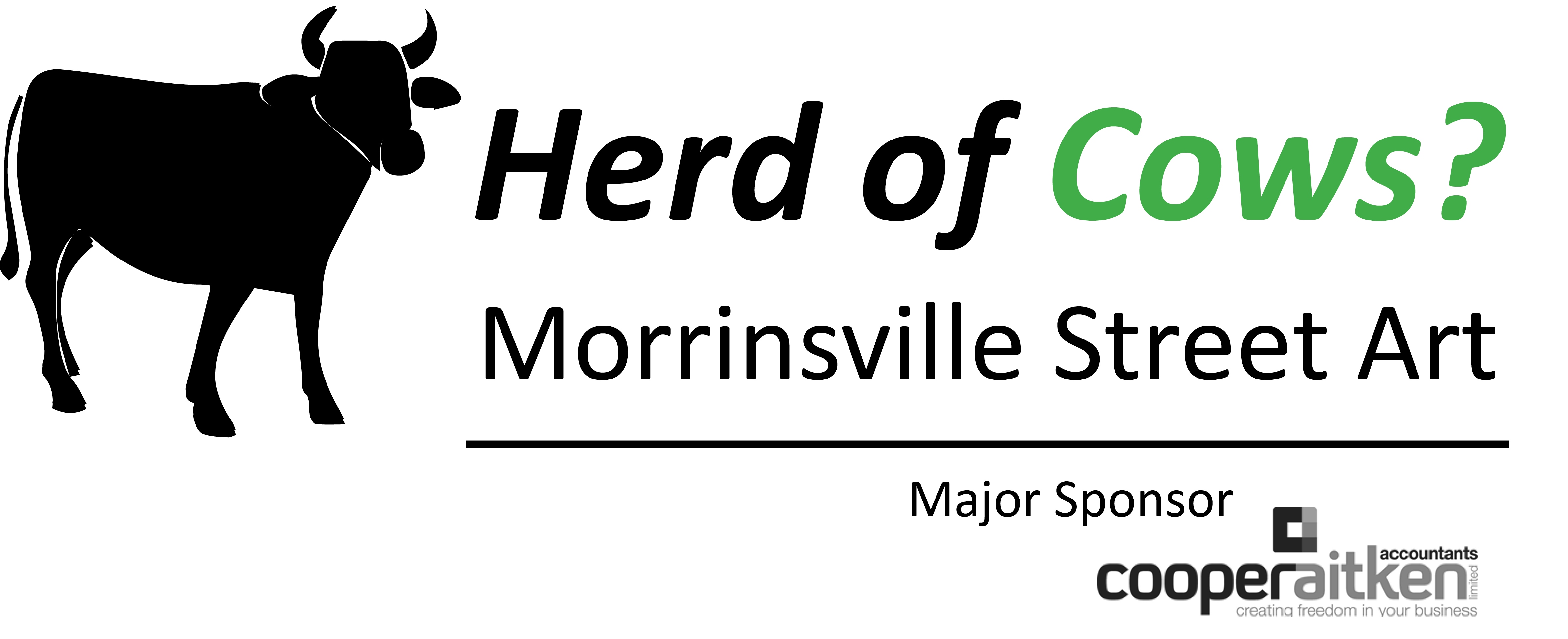Our business environment has been challenging for some time, and it is likely to continue in the near future. There are pressures with rising costs from suppliers, wage costs increasing, and an inability to attract new employees, just to name a few. Being an election year business owners have elevated levels of uncertainty with potential changes to policies that affect their livelihoods, family, and their staff. There are many external factors that we cannot control such as rising interest rates, inflation, and a tight labour market. So, let’s focus on looking inward at our own businesses and see what we can improve to alleviate some of this pressure. This article looks at ways to improve cash flow into your business from customers, focusing on your accounts receivable and reducing the time it takes for you to get paid.
Reassess your customer payment terms
Many commercial businesses follow conventional payment terms of payment being due by the 20th of the month following the invoice date. Traditionally invoices would be sent by post at the end of the month with the due date being the 20th of the month, this gave people enough time to post their payment by cheque to their suppliers. Technological advancement has seen invoicing processing time shrink considerably so you could look to reduce the payment terms to 14 or even 7 days following invoice date. In terms of money entering your bank account how much would this change impact your cashflow?
An example of how this benefits your cash flow is if you completed a job on the 4th of the month and billed it to your customer by the 6th of the month you could expect payment on the 20th that same month, this shows a cash conversion cycle of 16 days. If you kept the status quo then you could be waiting for payment until the 20th of the month following, this adds 31 days until you are paid for work completed.
If your bank balance is currently in overdraft then you are effectively paying the bank interest while you wait for customers to pay you. Would you be happy to discount your customer’s bill by the current interest rates being charged, say 15%? In a way you are wearing the 15% interest cost of these credit terms.
In order for you to be able to achieve this potential cash benefit you would have to ensure your team has the capacity to generate an invoice promptly following the sale or completion of work. If not, then perhaps a streamlined invoicing process is another key area of focus to consider.
Give customers ease with payment options
These days there are many options for securing payment from customers. Most people have access to Internet banking apps on their phones and can pay bills from anywhere and at any time. The major banks now process money transfers seven days a week. This is good news for everyone as cash is flowing quicker than ever before.
Put yourself in the place of your customer – what options are there for paying your business? Do you offer multiple payment methods? Here are some common ones to consider:
- Online banking – provide bank account number on your invoice or statement and the customer can pay at any time that suits them.
- Payment by eftpos or credit card – either at your business premises or mobile
- Direct debit – great for ensuring payment is received on time.
- Online – include links on your invoice to a payment service provider to process credit card payment or offer POLi for direct bank transfer
- Website – add a ‘pay now’ function on your website
- Cash – if you receive cash it is best practice to provide a receipt to your customer either electronically or from a carbon copy receipt book.
The goal is to make it convenient and easy for customers to pay. Asking for a deposit for sales where you agree on the price prior to starting the work is a great way to help with cashflow. The above-listed payment methods are not without risk or cost. Credit card and Paywave attract merchant and bank fees and a cash handling fee can be charged when depositing cash. In the world in which we operate, this is a cost of operating a business. Choose the options that you prefer once considering the cost and risks of each method.
Talk to your customer
There are tools available to remind customers to pay their account such as end-of-month statements, automated invoice reminders, and charging late payment fees or interest to overdue accounts. These are often effective methods to trigger a payment response from customers.
When these tools are not enough it is important to phone and talk to your customer. Often a few minutes talking to your customer will result in action from them. Take a proactive and empathic approach to this. It can be easier to ignore automated statement reminders whereas by talking with a customer you can help clear up issues. If you are willing to agree to a payment plan this can be preferable to the non-payment alternative. Note with payment plans there is a delay in when you receive payment, therefore you may wish to add interest to a payment plan to account for this delay.
Getting paid on time is one important part of improving your cash inflows. Having money coming in when it is expected helps alleviate pressure and helps with your ability to pay your bills when they are due. Set aside time to regularly review your accounts receivable and be proactive with overdue accounts. Challenge yourself to put some time into assessing what changes you could make to improve the time between sale and payment. We want you to get paid for your hard work and effort. Please reach out to us if you want a sounding board or further advice on how to improve your current payment terms or methods.




